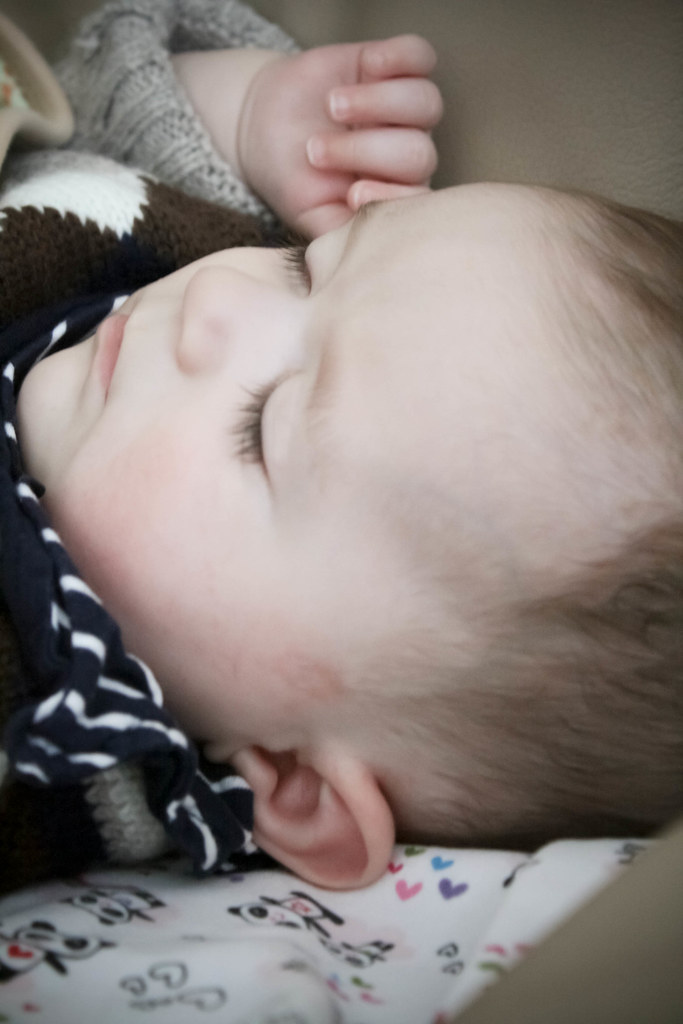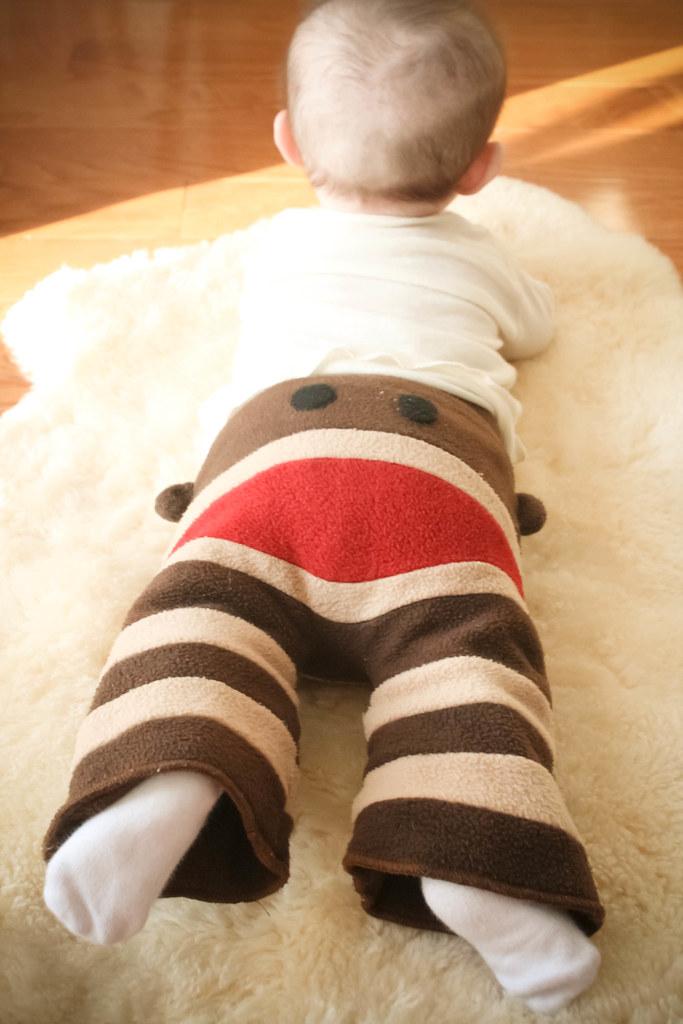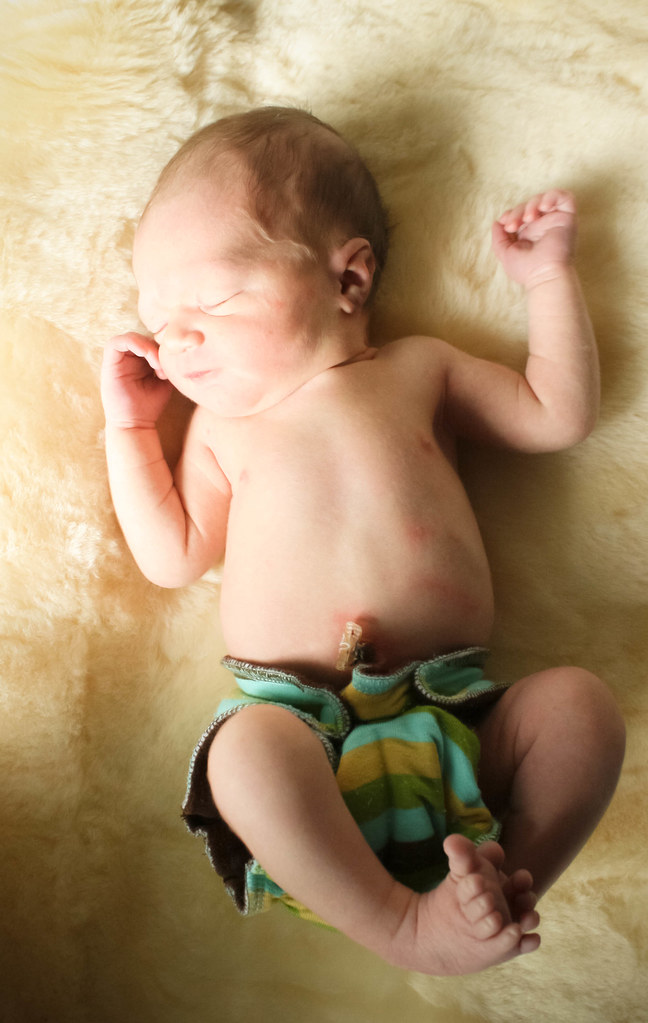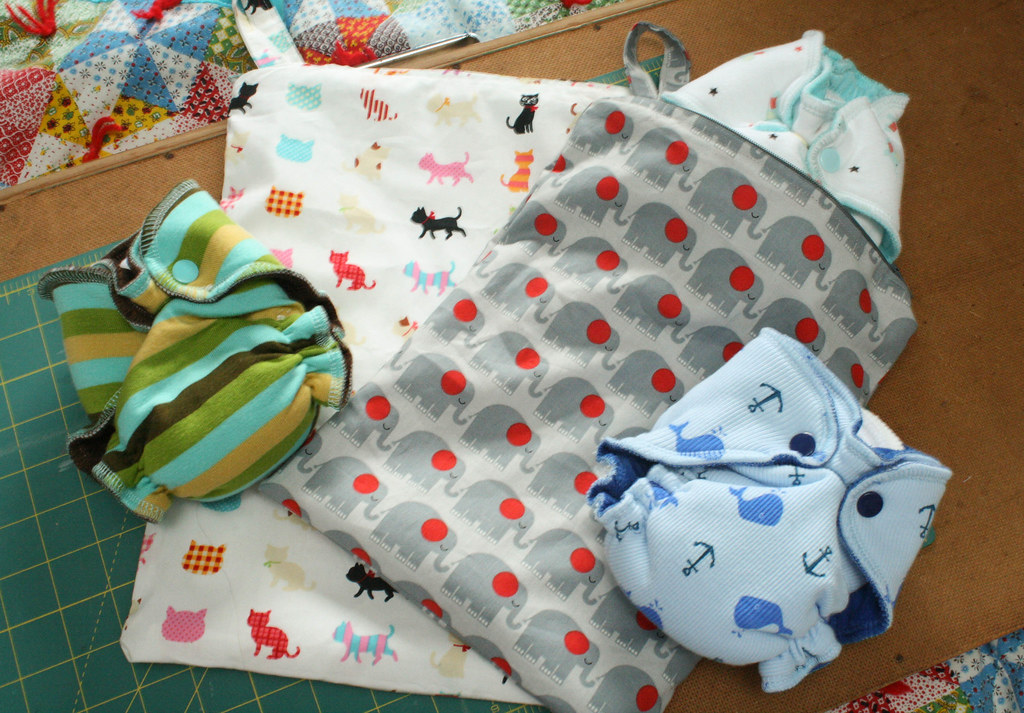Friday, January 24, 2014
Enamel Flower Ring Tutorial
I posted this over on the Lulu & Lolie blog, along with some tips on how to style a vintage enamel flower brooch, but wanted to share this tutorial here too. I love vintage enamel flowers (remember my enamel flower brooch bouquet?) and always pick them up for the shop and for myself too. I even have an enamel Lily of the Valley brooch (my very favourite flower). I recently picked up a couple pairs of enamel flower clip on earrings. The little flowers were so beautiful I couldn't resist, but not many of us wear clip ons any more. I wanted to do something with them, and thought they were the perfect size for a ring. Here's how to make one..
You will need:
-your enamel flower earring
-wire cutters
-a ring base (these can be purchased at your local craft shop)
-industrial strength adhesive (hot glue would not be strong enough to keep your flower on your ring if you got it caught on something, so go for something stronger. We used E6000, which should be available at your local craft or hardware shop).
If your enamel flower earring has a post for pierced ears, use your wire cutter to remove it. If it has a clip on post, gently bend the post up, being careful not to bend any of the petals on the flower. Use your wire cutter to cut the clip off as close to the flower as possible. Some clip ons will have a different clasp to the one pictured. Try to cut as close to the flower as possible so the flower will sit well on your ring base.
In a well ventilated area (we opened a window and worked on the sill, being careful not to breathe in any fumes), put a small dab of adhesive on your ring base. Attach your flower and hold for several seconds, being careful not to get any adhesive on your skin. The adhesive will need to dry for several hours. If you can put your flower face down and it sits straight, leave it to dry this way. If it leans to the side (like ours did) use a ring slot in a jewellery box, or set the ring base between two books to hold it upright. You don’t want your flower slipping off the base while it dries.
It's as easy as that! While I was purchasing the ring bases I saw a similar type of base for a bracelet and thought the same thing could be down with a larger flower for your wrist. So many possibilities!
Thursday, January 23, 2014
Sunday, January 19, 2014
A Post About Diapers - Our Experience with Cloth Diapers
I've read many a post on cloth diapering and picked up so many tips along the way. What I've found is that most posts talk about Bum Genius All-in-One type diapers being the way to go if you can swing the cost, and I have to say that I just do not like them at all. In my experience, they leak poop, they take forever to dry, and they are just so bulky! I'm sure I can't be the only one who feels this way, so I wanted to write a post from my perspective. I'm going to cover why we decided to use cloth, the type of diapers we like best, washing and care, as well as finding cute clothes that will actually fit over those fluffy cloth diaper bums. I am adding the caveat that every child is shaped differently and what works for one family may not work for another. This is what has worked for my family in our limited experience cloth diapering.
WHY CLOTH?
The three main reasons I hear for using cloth diapers are environmental, economical, and health. Cloth diapering cuts down on waste, there is no weird blue absorbent stuff inside, and while you spend a lot of money up front, over time you do save quite a bit. Cloth is also more breathable and generally cuts down on diaper rash. Of course we liked all of these, but what sealed the decision for me was the SMELL. Most disposable diapers have this horrible perfume-y baby powder smell and I cannot stand it. I am very sensitive to smells. I also like how cute cloth diapers are. I'm a sucker for a fun print. I am also a huge procrastinator and tend to not re-stock on anything until I'm completely out. With cloth there are no late night runs to the store to grab a pack of diapers or wipes. Finally, we used disposables in the hospital when Josh was born and I noticed that he would be very sweaty when we'd change him. Although cloth diapers are certainly bulkier, we haven't had this issue since. So, no perfume-y smells, the cute factor, no running out (unless you get lazy with the laundry), and no sweaty balls! I've heard that cloth diapered babies potty learn earlier, but I can't speak to this. I will just hold out hope that it's true.
I also want to share that cloth diapering has been much easier than I had expected. The amount of time it takes to soak, wash, and put away diapers probably adds up to about 10 or 15 minutes per day.
TYPES OF DIAPERS
There are several different types of cloth diapers, which makes starting out completely overwhelming. Pre-folds are the classic squares of fabric that you fold into a diaper shape and pin together. When your parents start telling you about how they tried using cloth diapers but gave up after a week, these are the diapers they're talking about. You need to use covers with these diapers, but they are by far the cheapest option. They require a bit of a learning curve. They also make excellent burp and cleaning cloths! Pocket diapers have an outer waterproof layer (usually PUL) and an inner fleece layer. There is as opening in the back where you stuff absorbent layers inside. To wash, you pull out the inner layers so the diapers dry quicker. AIOs or All in one diapers are like pockets, but without the stuffing. Some of them will have attached layers on the inside that you can fold on top of each other for quicker washing/drying. Fitted diapers are fabric diapers with no waterproof layer. They often have inserts that snap in place. The edges will either be turned and top stitched or serged together. You need to use covers with these diapers. From my experience, AIOs and fitted diapers are the priciest options, running anywhere from $15-$40 per diaper.
a fitted diaper with snap in liner
After experimenting with several types of diapers, we've found the fitted diapers with serged edges, and covers work best for us. We've had one leak in the five and a half months we've been using them, they're easy to wash (the inserts snap off so they dry quickly), and even with covers they are less bulky than AIOs.
NEWBORN DIAPERS
We started with a stash of 18 newborn diapers and five covers. I was hesitant to buy newborn diapers at all because most babies grow out of them very quickly and I was expecting to have a large baby. I was so happy I decided to get them anyway because my little 6 lb 7 oz boy wore his newborn diapers for nearly four months. When he was first born he wore them on the smallest setting. Most diapers come in a one size option that will fit from newborn to toddler, but they will be huge and bulky on your newborn. I've had a few friends turned off from cloth because the one sizes were so huge that they planned to use disposables until their babe grew a bit. When that time came they had a good routine going so it was harder to make the switch. Get the tiny diapers.
18 was really not enough. Newborns poop a lot! We went through a phase where we'd change Josh's diaper, and he'd poop again right after we dressed him. We'd change him again, and he'd poop even more. We had to wash diapers daily and a couple times we were on our very last diaper while the rest were drying. I'd say 24 is a much better number to start with. Five covers was enough as they can be re-used unless they're soiled.
a fitted diaper with serged edges on the left, and a fitted diaper with folded edges on the right
We used Goodmamas and Muttaqin Baby diapers in the newborn size and really favoured the Muttaqins. The Goodmama newborns had turned edges and the liners did not snap in. I have a feeling the turned edges are also why the Bum Genius and pocket diapers did not work for us.
Once the newborn diapers couldn't handle our heavy wetter, we switched to one size diapers. Many diapers are available in small, medium, and large, but we decided to go with the one size option since it's cheaper.
COVERS
With fitted diapers or pre-folds, you will need covers, and there are so many options it can be hard to decide what will work best for you. Most covers can be re-used for several diaper changes as long as the cover itself doesn't get dirty. The easiest, and probably cheapest, option is PUL covers. These are plastic covers that snap or velcro over the diaper (we prefer the snaps). You can buy these in different sizes or in a one size option. I tried several brands, including Thirsties, Bummis, Gro-via, Motherease, and Blueberry. None of these brands fit my son very well. What I ended up loving were the gusseted PUL diaper covers by Swaddle in Cloth on Etsy. They fit Josh great and work extremely well! We often use empty pocket diapers as covers too.
Another option are wool longies (pants), shorties (shorts), and soakers (no legs). These can be hand knit or made with up-cycled wool sweaters. Wool is absorbent and has anti-bacterial properties. You do not need to wash these covers each time they are wet, but you will if they are soiled. Wool needs to be hand washed (or at least kept out of the dryer), so this is a very good thing. I prefer merino wool as it is much softer, but it does pill easily so it doesn't wear well with older babies. Wool covers involve more care as you must lanolize the wool every so often so it continues to absorb properly (here is an excellent tutorial from Padded Tush Stats on how to lanolize wool). Some babies are also sensitive to wool. If you do not knit or sew yourself, this option can be pricey. Wool is also available in jersey and interlock fabric, which wears better than hand knits. These do need to be lanolized as well.
Polar Fleece is a great and economical option for covers. Fleece wicks away moisture and does not require any extra care like wool. It also comes in a variety of adorable prints. The down side is that I find polar fleece tends to wear and pill after just a couple washes. It can also be very warm, unless you are out in the wind and then the wind goes right through it. It is not my favourite choice for covers.
WIPES
We have several different types of wipes - baby wash cloths, flannel squares, terry cloth, velour, and jersey - and what I prefer changes almost daily. Right now it's the baby wash cloths. We have about 60 wipes that we use for everything from diaper changes, wiping hands and faces, bath time, spit up cloths, nose wipes, and more. We go through nearly the entire stack daily. Don't feel like you have to buy a ton of these things - they can easily be made with old towels, t-shirts, and flannel pajamas. I've made some of ours from velour and cotton fabric. If you do buy new, I wouldn't feel badly about the expense since you'll most likely end up using them for years to come as wash cloths and rags for house cleaning. I've found brand new in package baby wash cloths in thrift stores, and they can often be found at discount stores like Winners or Marshals. Get as many as you can!
As for storing wipes, you can do wet or dry. Wet wipes can be kept in a container covered in plain water or in a mix of water with essential oils. Either use a Tupperware container or an empty disposable wipes container. Keep an eye on it to make sure it doesn't get gross. We kept a spray bottle filled with plain water with our wipes at first, but found the water would get cold. Now we wet the cloths with warm water as we need them. When we're out we pre-wet some cloths and carry them in a zip-lock bag.
STORING DIRTY DIAPERS
We use wet bags to store dirty diapers. These are zippered bags that have a water proof layer on the inside. We have a large wet bag for home use, and several smaller ones for when we're out and about. If you're ordering online, make sure to go with a medium or large bag as the smallest size barely fits one diaper. Once a day we soak the diapers in a bucket in the laundry sink (we add a drop of detergent to the soak) and throw them in the wash an hour or so later. We put the wet bags in too so they don't start stinking.
Other methods for storing diapers are to immediately put diapers into a wet soak, or to use a pail instead of a wet bag. It's all a matter of personal preference.
WASHING DIAPERS
We have an energy efficient front loading washing machine, which can be problematic for washing diapers. Every washer will have different settings, but the newer HE front loaders should have a water plus setting. We found that the diapers really need to be saturated to wash well. We use the water plus setting along with the stain cycle setting.
When preparing to cloth diaper we read a lot about detergents. I found this chart from Pinstripes and Polka Dots that lists different types of detergent and rates them on how good they are with cloth diapers. One detergent I kept reading about was Rockin' Green. It was pricey, but I loved that it was a more natural detergent that actually came in an unscented version (most organic and/or natural products do not). It also did not list Tea Tree Oil/Melaluca as an ingredient, which is a must for me because I am extremely allergic (I think it may have actually been in it only listed under "essential oils", but I never got an answer from the company). This stuff works awesome for some people, but it did not for us. It wreaked havoc on my hands just from moving the diapers from the soak to the washer, it left build up in our washer as well as on the diapers (the liners got very stiff), and it left stains on all the liners. I thought stains were a part of cloth diapering, but this doesn't have to be so. I checked our water thinking it was a hard or soft issue (you can buy detergents specialized for these issues), but it wasn't. I switched to our regular detergent (Tide free & clear for HE washers, that didn't score so well) and immediately the diapers were soft again and the stains that had been on them for months were completely gone. I know it's not a popular choice, and I wish it did not contain certain enzymesl, but it is what is working for us for right now. We haven't had to strip or treat our diapers in any other way yet, and no diaper rash so far. My hands are happier too.
WHAT TO DO ABOUT POOP
Preferences on this will vary and it will depend on whether your baby is on formula or breast milk, and also if solids are introduced yet. Breast milk poop is water soluble so you don't really need to do anything if you don't want to. I rinse off poopy diapers in the laundry sink and sometimes use a soft brush to help scrape. Be very gentle if you do this or you'll wreck the fabric.
We're not there yet, but once you got into solids, dumping into the toilet and flushing is what should be done (and ignore the argument about using more water with cloth diapers for this reason, because if you read the package, you'll see that you're supposed to dump and flush the solids from disposable diapers too). You can attach a diaper sprayer to your toilet to help with this. I've read some horror stories about diaper sprayers leaking and flooding bathrooms, so be careful with attaching these. Maybe get a professional to help you out.
STORING DIAPERS
We don't have a changing table or diapering station. Instead, we got this cart from IKEA. We store wipes, covers, wet bags, bibs, and some health supplies on top, diapers in the middle, and a few changes of clothes on the bottom. We have a basket upstairs for diapers during the night.
ON THE GO
When we're out and about I pack up a wet bag, a few extra diapers and covers, some cloths, and a few wet cloths in a zip lock bag. I know some people don't like carrying dirty diapers around in their bag, but I've never had an issue with smells or leaking with a wet bag. It's always an option to use disposables while out and a smaller stash of cloth at home. Remember to consider things like whether your child will be in daycare since most will not do cloth for you. Some babysitters/relatives won't either.
WHERE TO BUY
Cloth diapering is much more common again, so you can find diapers in most baby stores. Some have employees that will even be able to give you a crash course on cloth diapering! Buying online is an option too, of course. There are certain brands, like our favourites, that are only available online directly from the manufacturer's website or on Etsy or Hyena Cart.
We were lucky to buy a huge stash (50+ diapers, all types of covers, wet bags, and wipes) for a couple hundred dollars from a friend who was done with the diapering stage. Used diapers may make some people squeamish, but you run them through the wash a couple times and you're good. It's really not a big deal. You can find used diapers on Spots Corner, one of several diaper swapping facebook groups, or on your local craigslist or kijiji. Buying used can save you money, although many brands will hold their value pretty well (a couple years back Goodmamas were selling for $100+ per diaper because the demand was so high and it was a one woman company. Cloth diapers are serious business!) and you can re-sell when you're done with them. If we had to buy new there is no way we would have been able to afford a stash of our favourite diapers.
BUYING CLOTHES THAT FIT
Over the years disposable diapers have gotten trimmer and fancier (pee alarms that text your phone?), so baby pants have followed suit.,at least with the trimmer part. That means that cloth diapers do not fit very well. If using wool covers you can go with longies. Another option is to buy pants that are specifically made for cloth diapers. The down side is that most of these are only available online so you have to deal with the shipping costs, country exclusions, as well as waiting for them to arrive. If you sew, the Big Butt Baby Pants pattern by Made by Rae is a favourite of mine. You can also alter other pants patterns to fit a fluffier bum. Vintage baby clothes often have more butt room.
You do not need to pass up clothes you love in favour of cloth diapers. You can buy pants in the next size up and either roll up the cuffs or hem them. Baby leggings are popular and the stretch helps with fit. Certain stores also tend to have a bit more butt room in their clothes. H&M and Zara are two that I've had great luck with. Even their baby jeans fit in the proper size!
TIPS
*keep a small pack of disposables in the correct size around just in case you lose power for three days and can't wash your diapers (7th Generation has a line of chlorine free diapers that worked well for us during the blackout)
*if your babe does develop diaper rash, but careful with any creams you use. Some will cause your diapers to repel liquid. There are some available specifically for use with cloth diapers. If you need to use prescription cream and don't have a choice, cut up some polar fleece strips and put them inside the diapers. This way the cream will stay on the strips and not the diapers.
*if your heavy wetter is going through diapers really quickly, you can buy (or make) extra inserts to absorb more.
*message boards like Diaper Swappers are a great place to read more about cloth diapers, read more individual experiences, as well as ask questions and get help with any issues you're having.
Saturday, January 11, 2014
Week Two
Just so I'm all caught up..
2/52 - watching our Erzgebirge Pyramid from our dear friends in Germany, before putting Christmas away for the year.
2/52 - watching our Erzgebirge Pyramid from our dear friends in Germany, before putting Christmas away for the year.
Friday, January 10, 2014
Week One
I am absolutely terrible at keeping up with photo projects, so it only makes sense to start a new one, right? This one is less ambitious. It involves one photo a week, which I thought would be much more doable, and at the end of the year it will be fun to go back and see the changes. The subject? My baby bird, of course! He's five months now and will be 17 months when we're through. In typical fashion I am a week late, although this picture is from a week ago, so I really am right on time. This week's picture will make an appearance later on.
1/52 - my little guy during a story with his grandpa.
1/52 - my little guy during a story with his grandpa.
Subscribe to:
Posts (Atom)

.jpg)
.jpg)





.jpg)
.jpg)

.jpg)
.jpg)
.jpg)

.jpg)


.jpg)
.jpg)